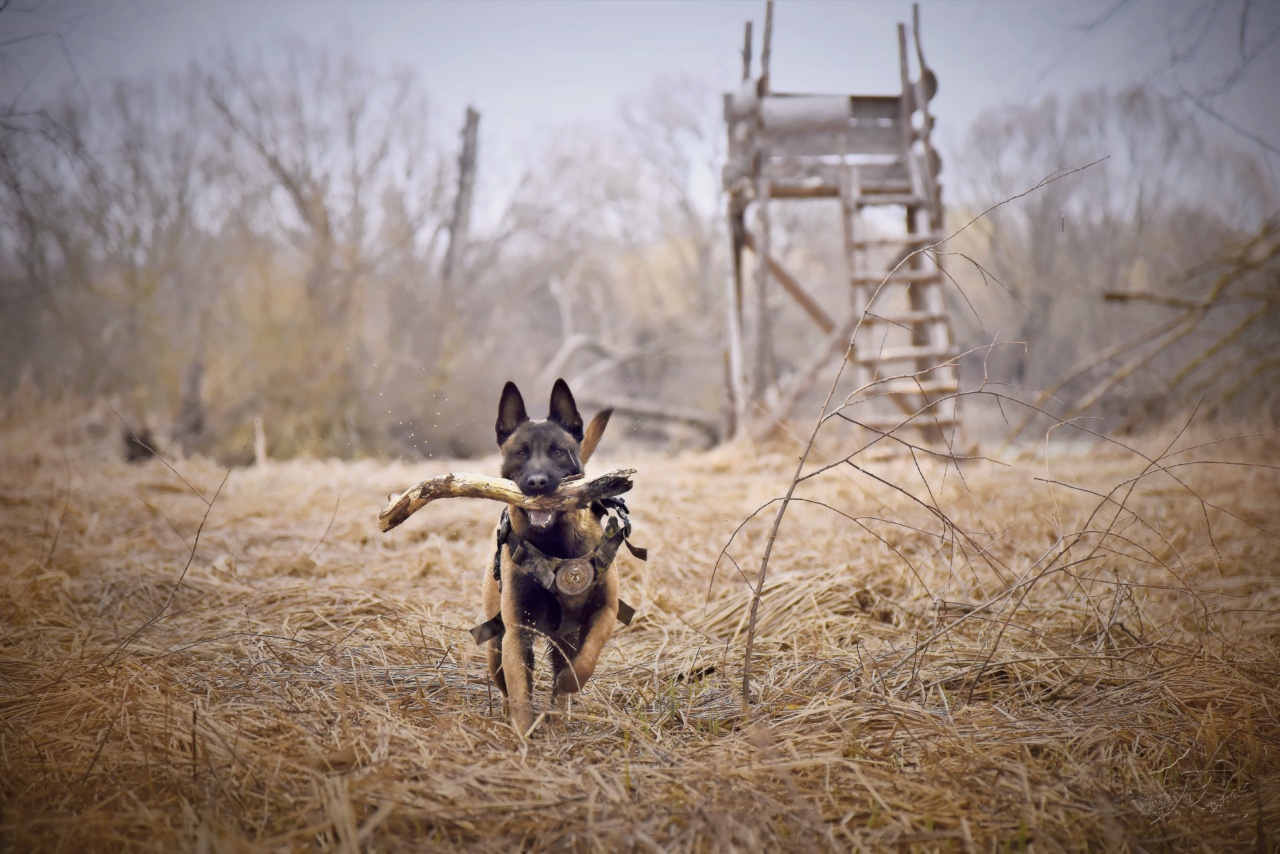Dogs are more than just pets, they are a part of the family, and as such, have to be treated with care and love. However, having a dog is a responsibility that requires a lot of effort, patience, and commitment as they require training.
Training helps the dog to understand what is expected of them and how they should behave at all times. Many pet owners typically face the challenge of dealing with improper behavior in their dogs, which can be frustrating. Nonetheless, it is important to understand that correcting improper behavior in dogs is possible with the right training.
Here are some dog training tips that you can utilize to correct your dogs’ improper behavior.
Be Consistent with Commands
Consistency is key when training your dog. Use a consistent set of commands for specific actions, such as sit, stay, come, and heel. Consistently reinforcing these commands is the first step to correcting improper behavior.
You should use a firm and clear voice when giving instructions to your dog. It is also essential to avoid giving confusing commands that may result in the dog being unclear on what is expected of them.
For example, if you use “Down,” use it consistently rather than switching to “Lie Down” or “Lie”.
Positive Reinforcement
Positive reinforcement is an excellent way to correct your dog’s improper behavior. Positive reinforcement involves giving the dog a reward, such as petting, treats, or verbal praise, immediately after showing good behavior.
For example, when teaching your dog to sit, reward them with a treat when they follow the command. Positive reinforcement strengthens the bond between the dog and the owner and boosts the dog’s obedience while reducing bad behavior.
Discourage Bad Behavior
When your dog shows bad behavior, it is important to discourage their actions immediately. The most effective way to discourage your dog from performing undesired habits is to withhold any reinforcement (positive or negative).
For instance, if your dog is jumping on people, you should remain still and avoid rewarding them with any attention such as over-exaggerated ‘good boy’ talk or pets. This will eventually teach your dog that their actions are unwelcome.
Also, before dog training, identify specific actions or habits that your dog often exhibits and which require improvement and make a list of these actions, so you are prepared to thwart them at all times.
Redirecting Bad Behavior
One way of correcting bad behavior is to redirect your dog’s attention to another activity. For example, when your dog is chewing a shoe, redirecting their attention towards their toys and chews encourages them to chew on the appropriate material.
Such redirection offers a diversion from the undesirable activity and gives the dog a chance to engage in an acceptable one. After sufficient redirection, it becomes easier for the dog to initiate their behavior naturally rather than requiring reinforcement.
Ensure Routine Exercises
Dogs need regular exercise to maintain good physical, mental, and emotional health. Regular dog walks, runs, or any form of play helps promote good behavior and improves overall wellness.
Exercising your dog regularly is a crucial aspect of dog training that enhances the relationship between the owner and their pet. When a dog’s physical and emotional needs are well taken care of, they tend to display better behavior. Ensure that the exercise routines engage all your dog’s physical abilities and are appropriate for their age and health.
Professional Dog Trainers
If you have trouble training your dog, turning to a professional dog trainer is the perfect solution. Professional dog trainers have vast experience and training in dog behavior and can efficiently correct your dog’s bad behavior.
They use evidence-based methods and tailor training programs to fit your dog’s personality, breed, and specific challenges, ultimately yielding the desired results. Moreover, dog trainers offer tips and tactics to pet owners on how to improve communication and understanding with their dogs, which helps enhance their bond.
Set Rules and Be Patient
It’s essential to understand that dogs take some time to learn new commands, behaviors, and actions. Therefore, expect various levels of progress and regression as well.
Setting the rules for your dog gives them boundaries and helps your dog distinguish what actions are allowed from those not allowed. Be patient and consistent with your dog when correcting improper behavior, and never give up on them. With time, your dog gets accustomed to your expectations, and it becomes easier for them to exhibit the desired behavior.
Be Positive and Avoid Punishments
Positive reinforcement is an integral part of correcting improper behavior in dogs, whereas punishment does not work well in training dogs. In most cases, punishments only increase anxiety, fear, and negative behavior in dogs.
Punishing your dog for bad behavior only damages their relationship with their owner without helping them understand what is deemed wrong. Instead, focus on the desired actions and behaviors by using positive reinforcement to motivate your dog to behave well. Positive reinforcement and consistency are the keys to achieving lasting results in dog training.
Be a Good Leader
Dogs follow good leaders who provide guidance, security, and well-being. As a dog owner, you must lead by example by practicing what you want your dog to learn.
Be calm, assertive, and patient when training your dog, avoid getting frustrated, angry, or aggressive. Provide plenty of mental and physical stimulation for your dog to keep their minds and bodies active. Appreciate your dog’s effort when they exhibit good behavior and avoid criticizing too often.
Lastly, strive to be the best example and trainer that your dog deserves.























